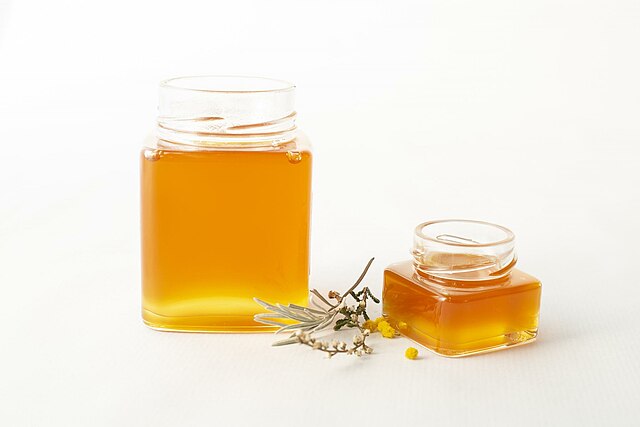Times may be changing, with mānuka honey production slumping but health interest on New Zealand’s famous bee product is increasing.
The honey comes from bees whose main diet is the herbal Mānuka shrub or Leptospermum scoparium, hence the name.
All has not been so rosy in the flowering shrub of late however, with the New Zealand Herald highlighting flailing market performance.
But despite falling home demand, search interest on the honey in western countries has increased dramatically. Online searches in the U.S., for instance, peaked at 75% by January 26, 2025.
Some of the interest lies in the natural product’s curative abilities over cancer and microbes, among others.
Recent journal findings have particularly highlighted the sweetener’s anti-inflammatory ability over tumors.
According to a Nutrients journal study, Mānuka honey (MH) has 10 times the composition of phenolics as Hawaii’s equally famous Ohia lehua honey. Phenolics are compounds with antiseptic qualities and therefore serve at fighting infections.
MH also brings the many benefits of sugary bee products that include the prevention of bacterial infection and tissue repair.
The most keynote health advertisement however is its anti-bacterial “methylglyoxal” compound. This compound’s identification in 2008 after three decades of research immediately made the bee product highly premium.
Pricey?
Yes, thanks to the above medical hype, the product is highly expensive and therefore export-oriented.
A look at shopping sites in New Zealand shows that it sells in teaspoonsfuls, with 310 g costing the least at US$13.88.
A kilo meanwhile costs at least US$137.76, which is far above the ordinary price range of natural honey in New Zealand.
All the same, MH has a deep impact on the Kiwi economy. In 2022, exports alone made up 76% of some NZ$583 million ($331.6 million) in national beekeeping turnover.
It is therefore noteworthy that in spite of the ongoing slump, the health side of the honey is still generating search hits. And there is more, as the statistics below illustrate.
New Zealand Mānuka Honey Statistics
New Zealand is a top honey-producing nation, with an output of 12,000 tonnes of natural honey in 2023, per FAOSTAT. Production of all honey (including natural) reached 22,000 tonnes in 2022, at position 17 worldwide and the highest in Oceania. While the country produced only 1,700 tonnes of its best known honey, Mānuka (2016), bogus sales circulated worldwide. Indeed, some 10,000 tonnes of products claiming to be pure Mānuka circulated around the world in 2016.
How many Mānuka hives are New Zealand?
For centuries, the indigenous Maori people of New Zealand have been enjoying honey from bees that feed on a special bush. Today, the Mānuka bush attracts thousands of summer hives each southern summer. As of 2019, beekeepers in New Zealand had registered some 918,026 such hives, at the height of the flowering season of the shrub. However, five years on in 2024, a slump visited the sector amid low demand and surplus. Beehive numbers came down by 34.5% from 2019’s levels.
What caused Mānuka honey production slump in early 2025?
Heavy summer rainfall during inflorescence caused a fall of 45% in output of this special honey in 2024 versus 2023.
Is Mānuka beneficial to the economy?
Mānuka honey exports account for 76% or NZ$583 million ($331.6 million) of NZ’s total honey sector returns, as of 2022.
